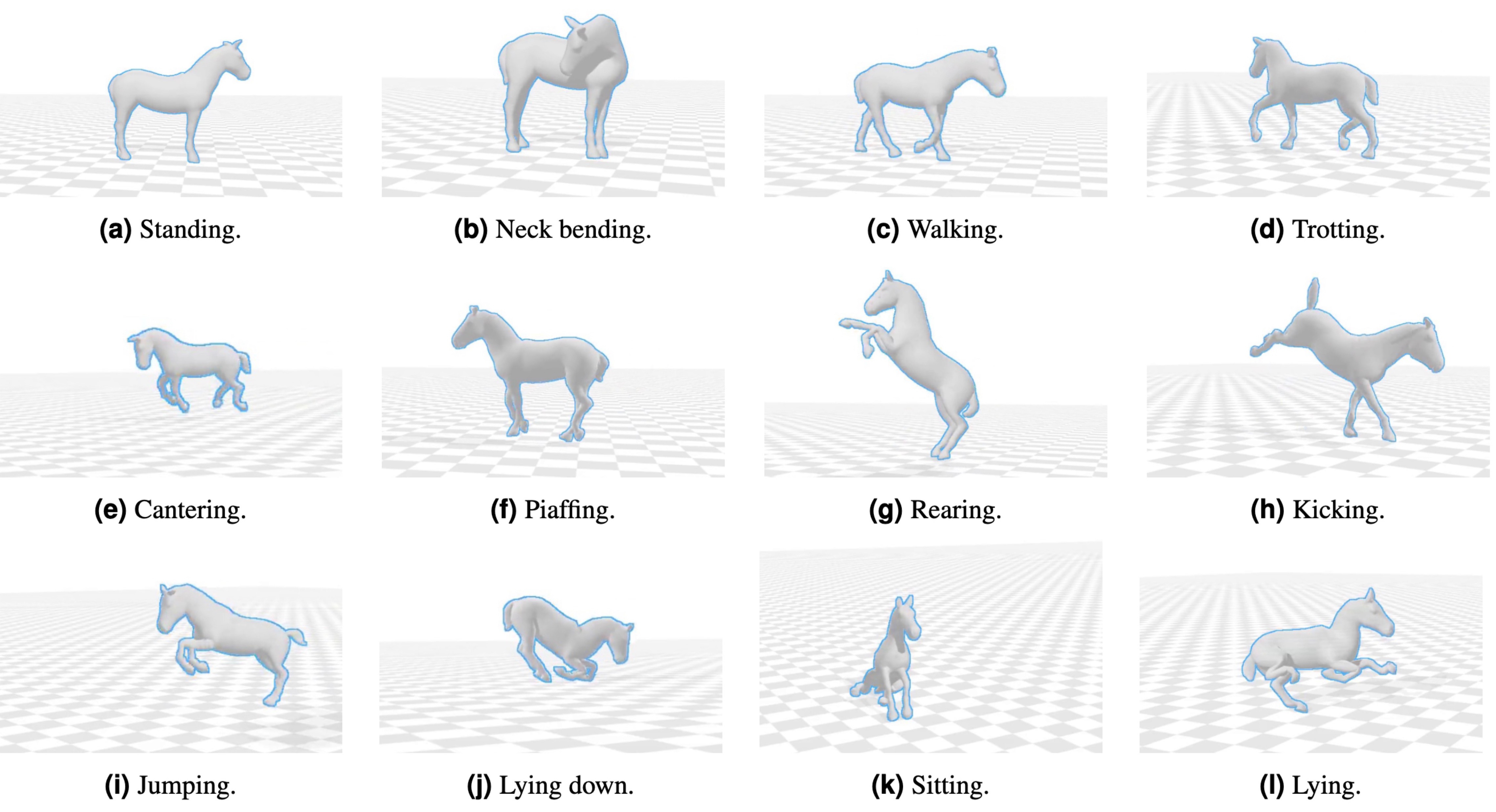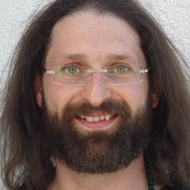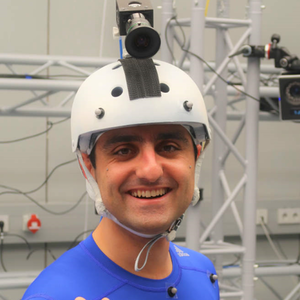Human Pose, Shape and Action
3D Pose from Images
2D Pose from Images
Beyond Motion Capture
Action and Behavior
Body Perception
Body Applications
Pose and Motion Priors
Clothing Models (2011-2015)
Reflectance Filtering
Learning on Manifolds
Markerless Animal Motion Capture
Multi-Camera Capture
2D Pose from Optical Flow
Body Perception
Neural Prosthetics and Decoding
Part-based Body Models
Intrinsic Depth
Lie Bodies
Layers, Time and Segmentation
Understanding Action Recognition (JHMDB)
Intrinsic Video
Intrinsic Images
Action Recognition with Tracking
Neural Control of Grasping
Flowing Puppets
Faces
Deformable Structures
Model-based Anthropometry
Modeling 3D Human Breathing
Optical flow in the LGN
FlowCap
Smooth Loops from Unconstrained Video
PCA Flow
Efficient and Scalable Inference
Motion Blur in Layers
Facade Segmentation
Smooth Metric Learning
Robust PCA
3D Recognition
Object Detection
The Poses for Equine Research Dataset (PFERD)

Studies of quadruped animal motion help us to identify diseases, understand behavior and unravel the mechanics behind gaits in animals. The horse is likely the best-studied animal in this aspect, but data capture is challenging and time-consuming. Computer vision techniques improve animal motion extraction, but the development relies on reference datasets, which are scarce, not open-access and often provide data from only a few anatomical landmarks. Addressing this data gap, we introduce PFERD, a video and 3D marker motion dataset from horses using a full-body set-up of densely placed over 100 skin-attached markers and synchronized videos from ten camera angles. Five horses of diverse conformations provide data for various motions from basic poses (eg. walking, trotting) to advanced motions (eg. rearing, kicking). We further express the 3D motions with current techniques and a 3D parameterized model, the hSMAL model, establishing a baseline for 3D horse markerless motion capture. PFERD enables advanced biomechanical studies and provides a resource of ground truth data for the methodological development of markerless motion capture.
Members
Publications




